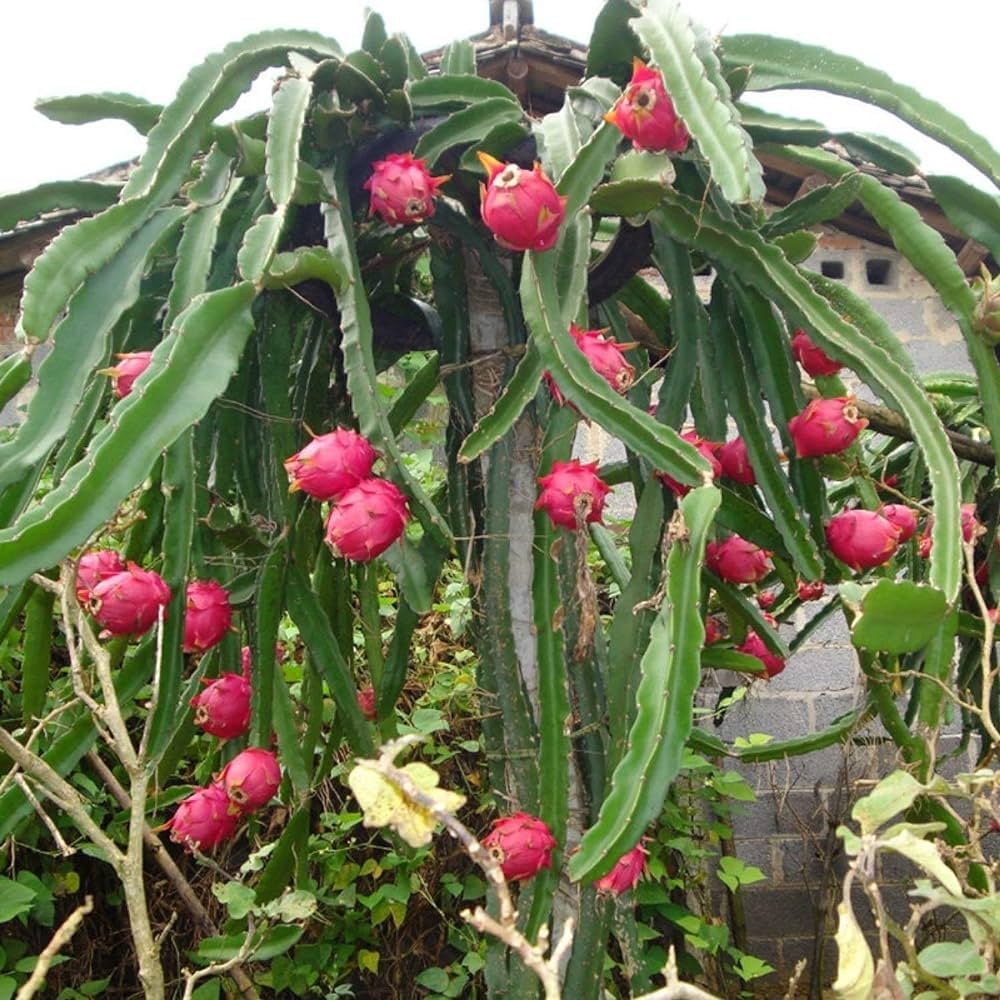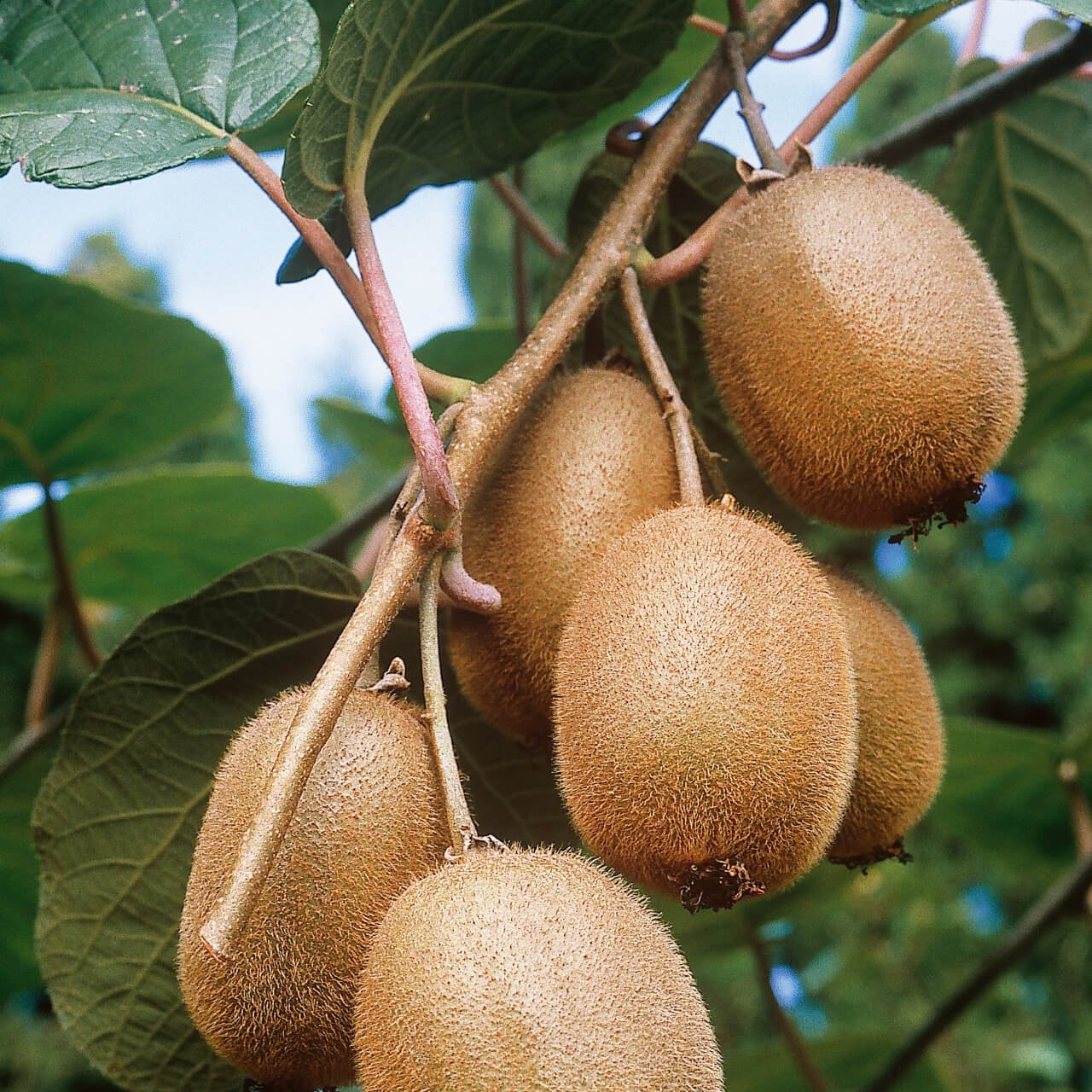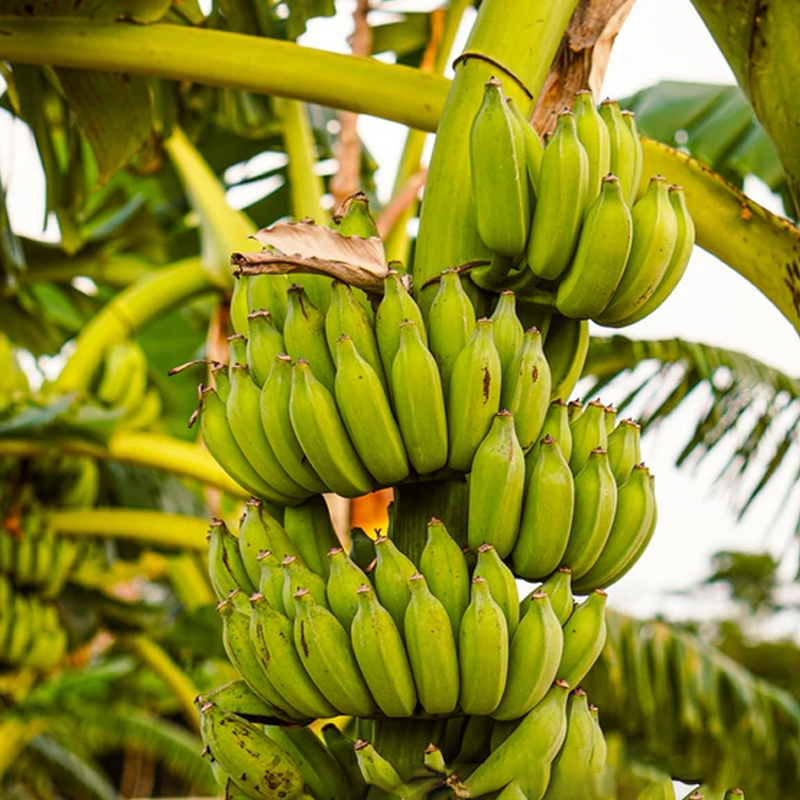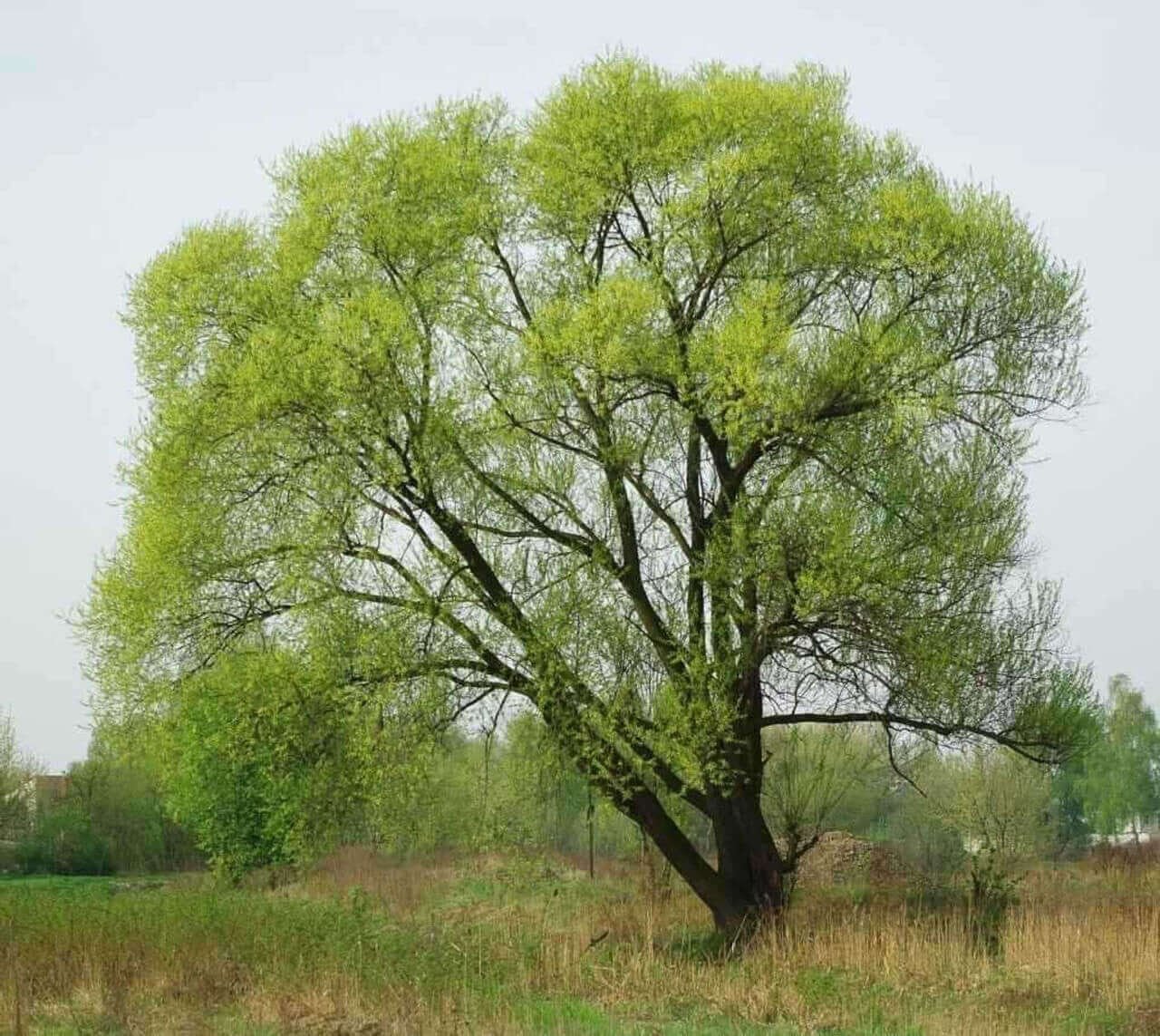
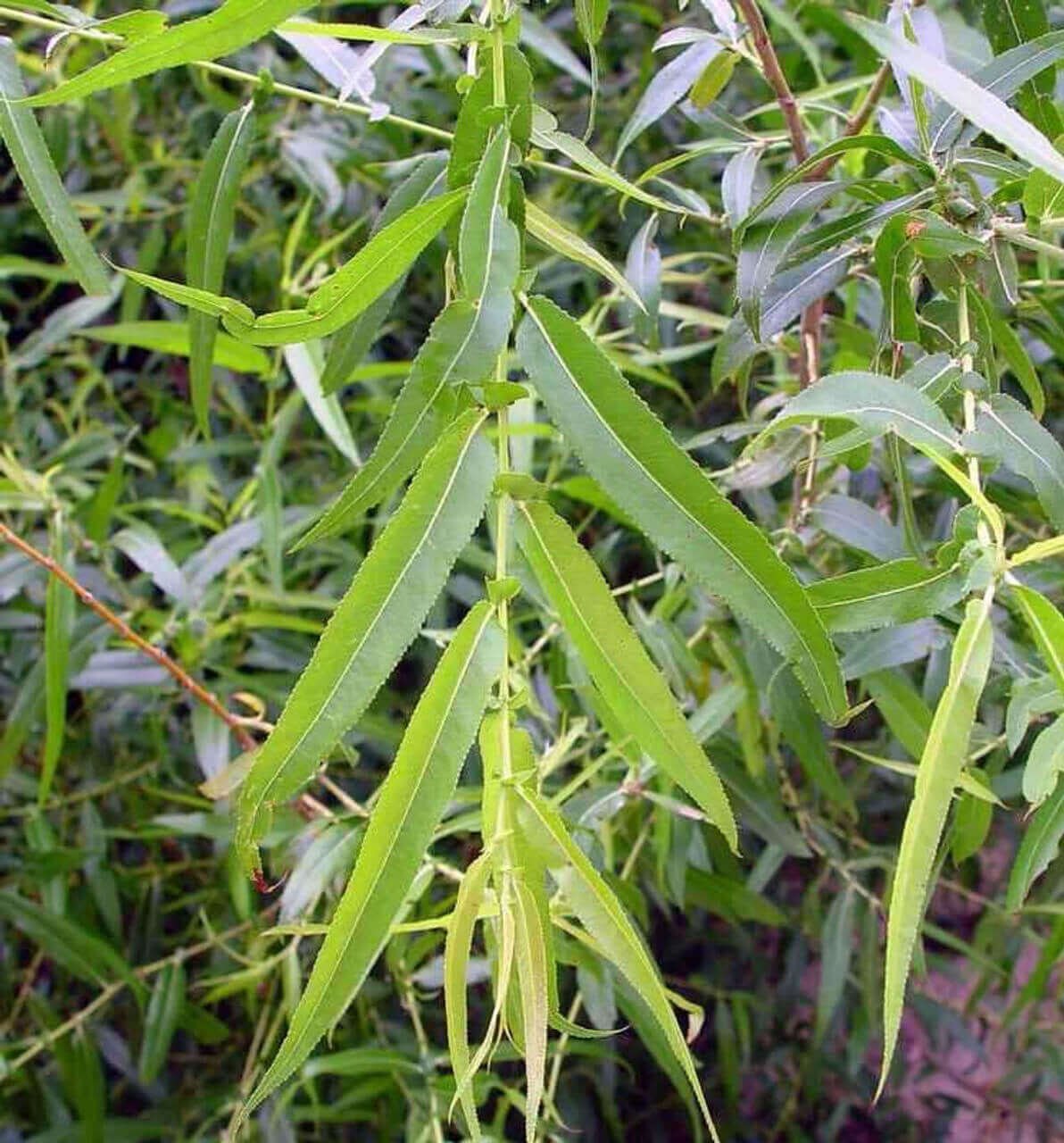

Black Willow Stakes
Fast growth and easy establishment
Low maintenance and hardy
Excellent for erosion control
Thrives in
ZONE 2ZONE 3ZONE 4ZONE 5ZONE 6ZONE 7ZONE 8This plant ships:
NowBlack Willow Live Stakes-Salix Nigra
Black Willow live stakes Are Perfect for restoring wetlands and controlling erosion; many people overlook the potential of a simple tree cutting. Imagine planting these stakes and watching them form strong roots in riverbanks or sloping landscapes, all while helping local wildlife flourish. Not only are they tough enough to handle soggy spots and salty air, but they also offer incredible environmental benefits. In this guide, we'll dive into everything you need to know about propagating and caring for the live stakes, guaranteeing you can make a positive effect on your surroundings while enjoying the beauty of nature.
The live stakes are utilized for planting to promote growth in wetland areas or for erosion control. They are typically 12 inches long and should be ordered in minimum quantities for shipping; when harvested while dormant, they provide an effective means of stabilizing soil due to their extensive root systems.
What are Black Willow Live Stakes
They are scientifically known as Salix nigra, are unique plant cuttings that thrive in wetlands and floodplains. These stakes are not just mere branches; they represent a method of sustainable land restoration. Each stake typically measures around 12 inches in length, designed with one end angled to ease planting into the soil. This slight modification is crucial-it allows for a more straightforward insertion which increases the chances of successful establishment in various environments.
The beauty of these live stakes lies in their natural ability to survive and root swiftly once placed in conducive conditions. When harvested during the dormant season-from late fall through early spring-the stakes maintain their vitality, allowing them to transition smoothly into new growth when planted. This timing aligns with the tree's natural life cycle, ensuring the stakes remain vigorous and capable of developing roots swiftly upon exposure to moisture.
Planting them becomes not only an act of propagation but also a powerful tool for erosion control and habitat restoration. Their remarkable root systems stabilize soil along riverbanks and coastal regions, making them invaluable in preventing soil loss and promoting healthy ecosystems. Their adaptability extends across soil types, from clay to sandy soils, enabling them to find a home in various environments.
They are particularly suited for this role due to their environmental resilience; they can tolerate flooding and salinity, making them a choice selection for restoration projects especially in wetland areas. Their expansive root systems contribute significantly to the water table, allowing neighboring plants to thrive while supporting diverse wildlife habitats.
Black Willow Stakes Environmental Benefits
The advantages of utilizing the Live Stakes extend beyond mere aesthetics; they play a critical role in maintaining ecological balance. The rapid growth rate associated with these trees makes them ideal candidates for swift restoration needs after disturbances like floods or landslides. Additionally, their foliage provides shelter for various species including songbirds and small mammals, enhancing biodiversity in the landscapes where they're planted.
Caring for these live stakes during their initial rooting phase is vital. Ensuring that they have adequate moisture without over-saturation will promote healthy growth-something experienced gardeners often emphasize. For those interested in learning about propagation techniques, being aware of potential issues such as leaf drying from tips can offer valuable insights into creating a thriving environment for the stakes.
Understanding the nature and benefits of them informs us not only about their role in restoration but also opens pathways to exploring how we can leverage similar plants for ecological enhancement, creating robust ecosystems across our landscapes.
Benefits for Riverbanks and Slopes
They are an incredible ally in preventing soil erosion, especially along riverbanks and slopes. Their extensive root systems not only penetrate deep into the ground-extending up to 30 feet-but actively help hold the soil together. This becomes particularly valuable during heavy rain or flooding when loose soil can easily wash away.
Imagine a healthy row of them standing guard; with their roots intertwined in a complex network, they act like nature's own barrier against soil loss. According to recent studies, these roots can reduce soil erosion by as much as 90% compared to areas devoid of vegetation.
Furthermore, their role doesn't stop at mere soil stabilization; they go further by managing water levels in their surrounding environments. They can absorb nearly 200 gallons of water per day, making them adept at mitigating the effects of flooding. In regions where heavy rains bring threats of overflow, planting these trees can be a proactive strategy for homeowners looking to protect their properties from potential water damage and sediment displacement.
It's fascinating to think about how a single tree can serve as both a shield against erosion and a sponge for excess water, making them invaluable assets to any landowner concerned with environmental stability.
Enhancing Wildlife Habitats
Additionally, they contribute significantly to regional biodiversity. They provide vital habitats that support various wildlife species including numerous songbirds and small mammals. For instance, nesting sites within the dense foliage allow songbirds to raise their young, while insects drawn to the tree offer abundant food sources. Ruffed grouse and other game birds find shelter under their branches, benefiting from both cover and nesting opportunities.
| Wildlife Type | Benefit Provided |
|---|---|
| Songbirds | Nesting sites and insect food sources |
| Game Birds (e.g., Ruffed Grouse) | Sheltering and nesting |
| Small Mammals | Shelter and food sources |
Beyond serving as habitats, these trees play a vital role in local ecosystems by providing essential resources that promote healthy wildlife populations and support ecological balance. As we continue exploring this remarkable species, it's important to consider practical techniques for successful planting.
To set your live stakes up for success, you need to follow a systematic approach that begins with choosing the right location. Consider this-a few moments spent assessing your spot can save you time and effort down the road.
Look for areas with moist, well-drained soil that receive ample sunlight; this will typically ensure optimal growth conditions. The ideal pH range for the soil should be between 6 and 8, allowing roots to thrive effectively. It's also important to avoid locations with heavy foot traffic-this helps protect those young roots as they establish themselves in their new environment.
Once you've identified a suitable spot, you can start preparing your stakes. An often overlooked yet vital step is soaking the stakes in water for at least 24 hours before planting. This simple task hydrates them thoroughly, giving them a better chance for successful root growth. By doing so, you're essentially giving your plants a drink just before they dig into their new home in the soil. Keeping them hydrated during this initial phase is crucial-healthy stakes mean healthy trees.
With your stakes well-hydrated, it's time to insert them into the ground correctly.
For planting, you'll need a planting bar or another similar tool to create a proper hole in the soil. When inserting your stakes, angle each one at about 45 degrees, with the angled end pointed down into the soil-this facilitates easier rooting and anchors them securely in place. Aim to leave around 3 inches above ground level; this portion of the stake will eventually sprout leaves that help contribute to the overall growth of the willow.
Pro tip: It's crucial to pack the soil firmly around each stake after insertion. This action stabilizes your newly planted stakes and ensures that they are grounded properly against any potential disturbance from wind or water erosion.
Now that your stakes are nestled snugly into their new spots, let's turn our attention toward ongoing care practices essential for their development.
Care and Maintenance
Keeping your stakes healthy involves diligent attention. One of the first steps in care is managing the area around the stakes. Be sure to keep it free from competing vegetation like weeds, which can rob the young stakes of essential nutrients and moisture they need to thrive. Visualize creating a devoted sanctuary around each cutting, where they are the stars of the show-this ensures they receive what they need without distraction!
Regularly watering the stakes is vital, but balance is key; aim to keep the soil consistently moist without overwatering it, as soggy conditions can lead to root rot. You might consider using a simple finger test-if the top inch of soil feels dry, it's time for more water. Imagine being a caretaker who checks on a plant's needs daily, adjusting your care routine as you see how they respond.
Protection Measures
Young stakes are particularly vulnerable to herbivores such as deer who might find them delicious snacks. To fend off these hungry visitors, consider using protective sleeves around your stakes or spraying environmentally safe repellents that deter them without harming the environment. Picture defending your little green warriors with a gentle shield, allowing them to grow undisturbed.
Additionally, applying mulch around the base can work wonders for moisture retention and temperature regulation. Think of mulch as a cozy blanket for your saplings; it helps maintain an even temperature and keeps moisture locked in while also suppressing weeds that compete for resources. This easy yet useful method can make a significant difference in the thriving condition of your stakes.
Lastly, observe your saplings closely for any signs of distress or disease. If you notice any drying leaves or trouble rooting, address these issues promptly by ensuring adequate humidity and adjusting water levels accordingly. Monitoring their progress is like reading into a good story; every leaf tells you how they feel and what they need.
By maintaining vigilance and responsiveness to their needs, you'll foster strong saplings that not only beautify your landscape but also play a crucial ecological role. Now, let's transition our focus to explore their broader impact within various ecosystems.
The trees significantly impact their surrounding ecosystems. Their extensive root systems are not merely structures for stability; they actively filter pollutants from water, enhancing the quality of nearby lakes and streams. Research has shown that areas with dense tree populations exhibit as much as 25% better water quality, owing to these natural filtration processes. This means cleaner water supports fish and plant life, contributing to healthier ecosystems overall.
The tree's leaves and branches play an essential role in sustaining aquatic wildlife. They provide organic matter that helps form the base of the food chain. When decomposed, these leaves nourish microorganisms, which in turn feed smaller fish and invertebrates. This chain reaction supports larger species, creating a thriving aquatic community. In wetlands where they thrive, you might find them serving as a refuge for frogs or an essential nesting ground for birds.
Moreover, the broader environmental advantages of it extend well beyond just water quality or habitat support; they contribute significantly to biodiversity within many ecosystems.
The presence of them promotes habitat diversity by offering shelter and foraging opportunities for over 30 species of birds along with numerous insects. This rich biodiversity can help maintain balance within ecosystems, making them more resilient to changes. In fact, they are known to support not only songbirds and game birds like ruffed grouse but also critical pollinators that aid plant reproduction.
For example, researchers have documented increases in insect populations in riparian zones dominated by them. More insects mean healthier soil as they contribute to nutrient cycling-a vital process that sustains vegetation and improves soil fertility.
With their capacity to absorb up to 200 gallons of water per day, they play a crucial role in controlling flooding and managing water resources effectively. Their root systems can reduce soil erosion by an astonishing 70% in riparian zones, promoting bank stability along rivers and streams. This stabilization is critical, particularly during heavy rainfall events when excess water courses through landscapes precariously.
In coastal regions, where salinity can be detrimental to many plants, they demonstrate resilience, helping restore degraded areas while continuing to provide habitat for local wildlife.
This intricate relationship between the tree and its ecosystem exemplifies its importance-not just as a beautiful tree-but as an essential player in maintaining ecological balance.
In exploring the broader implications of this remarkable species, we can now turn our attention to effective practices that promote successful growth and propagation.
Ensuring the successful growth of your stakes involves following a few key practices that promote a vigorous and healthy plant. One of the most critical factors is maintaining proper moisture levels. Keep the ground consistently moist but not soggy, primarily during the first growing season when the roots are establishing themselves. This delicate balance fosters an ideal environment for growth, allowing young willows to flourish without the risk of root rot.
Plant them in a spot where they can obtain at least partial sunlight. Too much shade can hinder their growth, resulting in weaker plants that struggle to thrive. Aim for a spot that collects ample sunlight during peak hours, particularly since these trees bloom brightly in spring.
To further encourage strong establishment, let's introduce another helpful practice: humidity tents.
After planting your stakes, creating small humidity tents using clear plastic bags can significantly aid in maintaining moisture levels during those crucial initial weeks. These simple structures trap moisture around the leaves and cuttings, creating a micro-climate that helps prevent drying out. Just remember to check the humidity level frequently; if condensation builds up too much inside, release it to prevent excessive moisture that could lead to mold issues.
From personal experience, gardeners have successfully employed these practices, providing proven support systems for ensuring that the stakes thrive. For instance, after utilizing humidity tents along with attentiveness to moisture and light, many have seen their investments blossom into robust trees contributing positively to local ecosystems.
By focusing on fundamental techniques like these, you can expect strong growth from your live stakes while playing a role in environmental restoration projects effectively and sustainably. Additionally, keep an eye on common pitfalls such as leaf dryness or slow growth; adjusting conditions promptly can prevent minor setbacks from escalating into major failures.
In summary, paying close attention to moisture levels, light exposure, and using tools like humidity tents will lay down the foundation for success with your Black Willow propagation efforts. Enjoy watching your trees grow!
This Is How Your Plants Will Look upon Delivery

Height at Maturity
Over 25 Feet
Care
To care for Black Willow Stakes, ensure they are planted in moist to wet soil, ideally near water sources. Keep the dirt always damp, particularly during the establishment phase. Prune lightly to encourage healthy growth and strong roots.
Plant Reproduction
Black Willow Live Stakes spread rapidly through roots and shoots.
Remember to plant live stakes in early spring or late fall in moist, well-drained soil, preferably along stream banks or erosion-prone areas. Insert at a 45-degree angle in the ground, ensuring at least two-thirds of their length is buried, with the buds facing upward. Space the stakes approximately 2-3 feet apart for proper growth. After planting, water them thoroughly and maintain consistent moisture, especially during dry periods, to help root development. With proper care and sound conditions, live stakes will root successfully in 6-8 weeks and assist in soil stabilization and habitat restoration.
Shipping date depends on the date displayed and chosen when you order from the product's page.
We only accept returns on plants verified dead. If you think your plants have died, we offer a 1 year warranty, please use this File a Claim Link to verify dead plants and start with return warranty process.




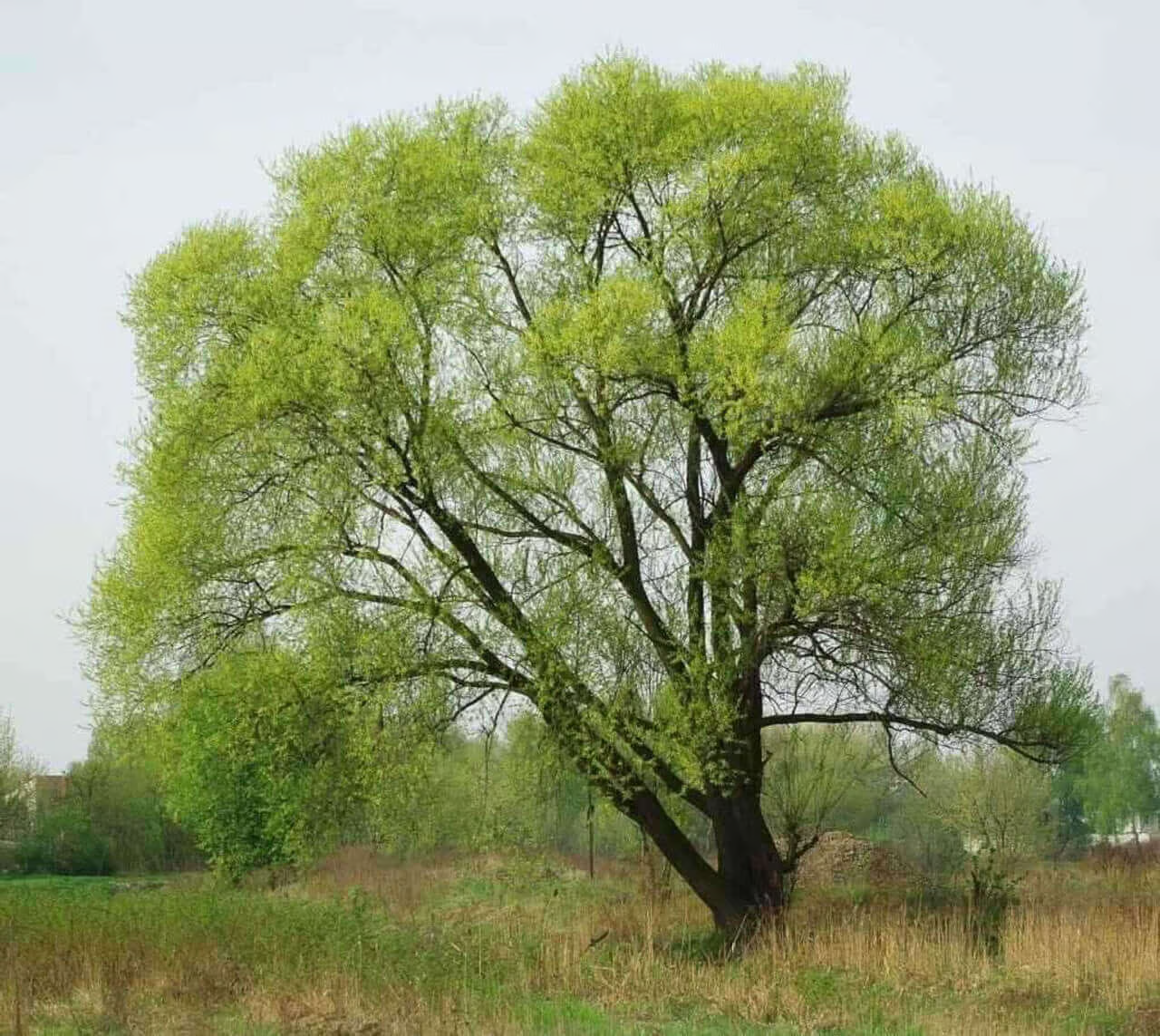
Attractive Bark:
As the stakes mature, their bark changes from light brownish-orange to dark brownish-black, often displaying reddish or coppery tones. The textured bark, which starts smooth and glossy, becomes rough and covered with shaggy scales and deep grooves, adding visual interest.
Compact Growth:
Several stems branch out from a single base at right angles, giving these trees an open crown. This growth pattern makes them ideal for creating an attractive, space-efficient landscape.
Mesmerizing Reflections:
Tall, straight stems arch beautifully over bodies of water, creating mesmerizing reflections. The color-changing foliage and textured bark produce reflections with volume and depth, enhancing the beauty of water features.
Stunning Foliage:
Black Willow Stakes showcase vibrant green leaves in spring, deepening in summer, and transforming through yellow, gold, and orange in fall, brightening up your yard with a brilliant array of colors.
Caring Tips
How do I care for my Black Willow Stakes?
Each box contains detailed care instructions and information about your product. But here's the basics.
Care Tips
To care for Black Willow Stakes, ensure they are planted in moist to wet soil, ideally near water sources. Keep the dirt always damp, particularly during the establishment phase. Prune lightly to encourage healthy growth and strong roots.
Light Requirements
Black Willow Stakes thrive in full sun to partial shade, preferring at least six hours of direct sunlight daily. They can tolerate partial shade, but total sun exposure is recommended for optimal growth and health.
Hardy Planting Zones
2 • 3 • 4 • 5 • 6 • 7 • 8
Header
Use this content to share information about your store and products.
Frequently Asked Questions
How often should I water my plants?
How do I know if my plant is getting too much or too little sunlight?
What should I do to prepare my plants for winter?
What are the signs that my plant needs fertilizing?
How can I prevent pests from damaging my plants?
How do I choose the right plant for my climate zone?



